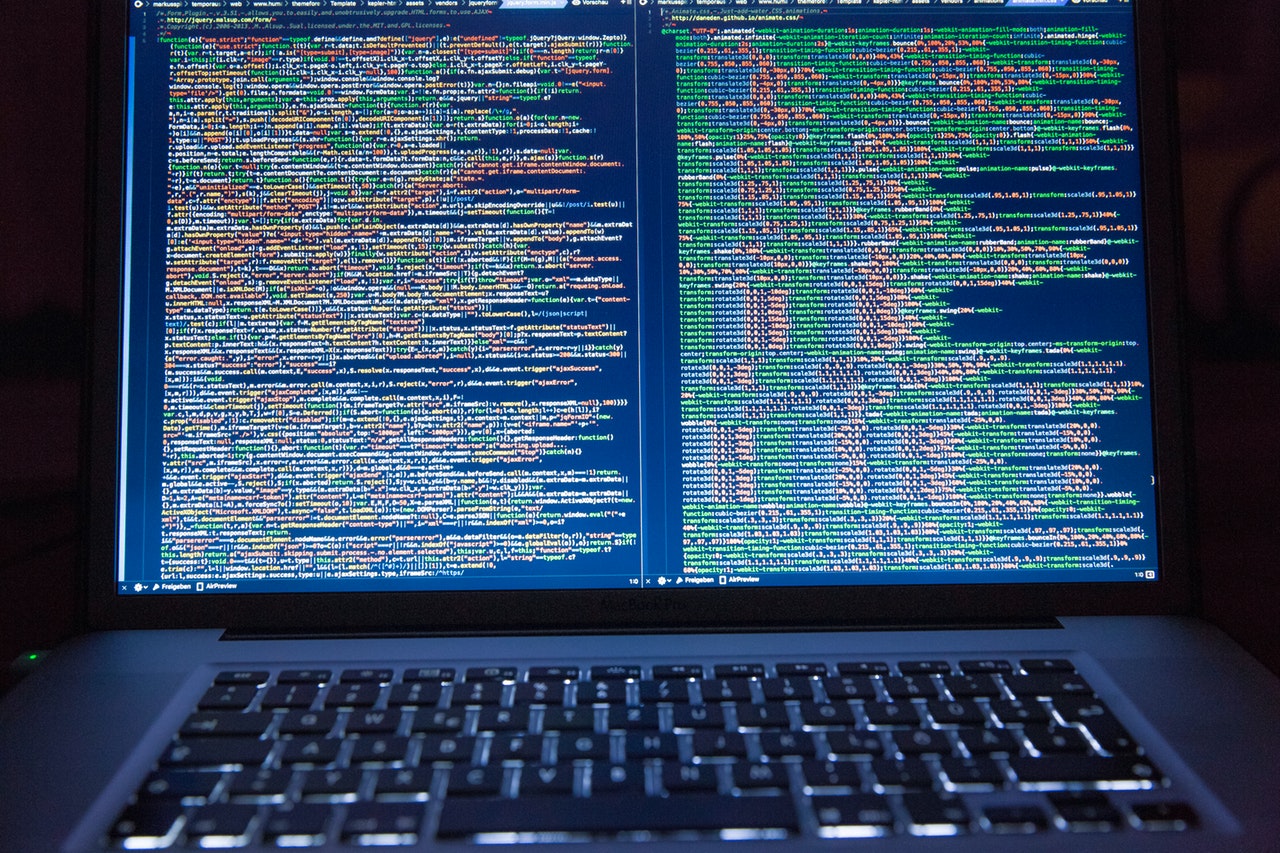Big Data is a term that denotes the large volume of data – both structured and unstructured, that inundates a business on a day-to-day basis. The days of making huge business decisions on “gut feelings” of the CEO are quickly disappearing. Many companies have now embraced Big Data for better decision making through complex data handling and applications that requires great programming skills and the right kind of programming language.
The amount of data that is being created and stored at global levels is almost inconceivable, and it just keeps on growing. This means businesses are making decisions based on analysis of only a small percentage of data. With an ever-increasing number of firms are turning to analytics and Big Data to get vital insights that can help them apply in making various business decisions. This calls for the need to have competent data scientists.
Big Data Programming
Before dwelling on how Big Data can work for businesses, you should first understand where it comes from. The sources of Big Data are mostly three: streaming data, social media data and publicly available sources. After identifying the source, three other steps follow; how to store and manage it, how much of it to analyze and how to use any insights you uncover.
To be able to venture in data science and particularly Big Data, you need good programming skills. Programming skills are required in coming up with algorithms that can work in various data environments. When approaching Big Data subject, some programming languages are highly rated above others. Here is quick review of top 3 programming languages used for analytics and Big Data.
IMAGE: PEXELS
1. R
It is no secret that R is a very popular visualization and statistical analysis tool. Most of the predictive analytical tools on the market today are complicated, time-consuming and expensive, and many are build on R. According to reviews and rating by computer geeks, R is hugely popular, and it makes the top language currently used for Big Data projects.
R statistics and predictive language offer a way to bridge the world on sophisticated and predictive analysis. What makes R great is how it is a fast platform to build predictive analytics. It is also fast to access all relevant data and provides for a simple sharing of predictive analytics.
2. Python
[pullquote]In the geeks’ battle of “best data science tools” for analytics and Big Data, Python is always mentioned.[/pullquote] The world of Python web frameworks is full of choices. There is Pyramid, Tornado, Diesel, Pecan, Falcon, and others. It is a very powerful, dynamic and flexible language that is open source. It has been built on powerful libraries for manipulating and analyzing data.
Python has been and continues to be a top choice language for data science, analytics, machine learning and Big Data. What makes Python a much-loved Big Data language is its many options in terms of operation frameworks.
3. Hadoop
Hadoop is emerging as one of the best open source frameworks for data science and Big Data. It is a significantly credited open-source framework for data storage and running complex applications. The enormous processing power ofHadoopp makes it able to process virtually limitless concurrent tasks.
Until today, we have seen how Hadoop has made managing Big Data possible. It is made up of modules each of which carries out particular task essential for computer systems designed for Big Data analytics. Hadoop allows a collection of additional software packages to be installed alongside it. With Hadoop, you can install Apache Pig, Apache Hive, Apache Spark, MapReduce, YARN among others.
Big Data affects businesses across practically every industry. Banks are faced with finding new and innovative ways to manage their customers’ data. Educators armed with data-driven insights can make a significant impact on school systems. The retail sector needs Big Data for customer relationship building and retention. Real estate, and especially real estate application development, benefits enormously from it, too.
Government agencies are in need to apply Big Data to manage traffic congestion, deal with crime and manage utilities. Health care needs analytics for prescriptions. Manufacturing sector needs data for quality control and minimizing resources. Virtually, every industry needs to apply analytics and Big Data to make better decisions.
For more programming language-related articles here on Bit Rebels, click here!


COMMENTS